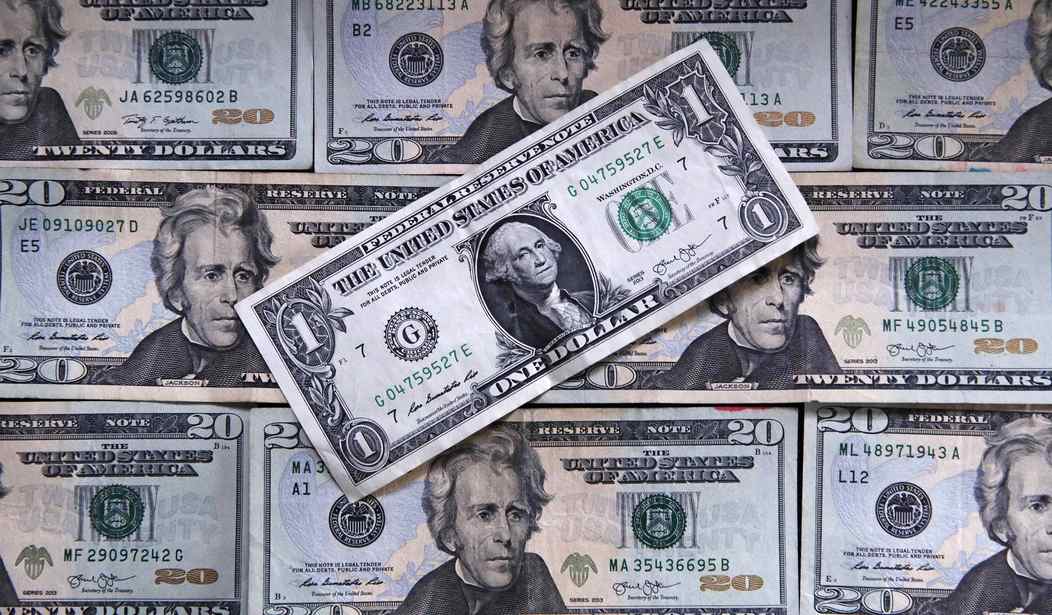It’s nice to see that the Senate Homeland Security Committee is finally looking into something that we’ve been raising alarms about here for more than a year. Precisely how much of the more than five trillion dollars in various forms of pandemic relief that the government doled out over the past two years was stolen by fraudsters? We know it’s not a small number. In fact, just based on the comparatively tiny number of people they’ve managed to catch, it’s almost certainly a huge figure. So Senator Rob Portman (R – Ohio) asked the DoJ Inspector General the question. How much of the money disappeared via fraud? The IG’s answer was a rather unambiguous “we don’t know.” But he was willing to offer up a very vague ballpark figure of somewhere north of $100 billion. (Government Executive)
Top oversight officials told lawmakers on the Senate Homeland Security and Governmental Affairs Committee on Thursday that getting a top-line number for pandemic relief fraud isn’t yet feasible as they work around data gaps and ongoing recovery efforts.
“I wish I could answer that right now,” Department of Justice Inspector General Michael Horowitz and chair of the Pandemic Response Accountability Committee told ranking member Sen. Rob Portman (R-Ohio) when asked about fraud levels in the $5 trillion-plus in pandemic relief spending.
Horowitz estimated that the final tally will be upwards of $100 billion, although he stressed he couldn’t offer precision.
Horowitz appeared to be hedging a bit as he offered his explanation. He sought to draw a distinction between fraud and “improper payments,” which he said account for “billions and hundreds of billions of dollars.” I would have thought that every instance of fraud involves one or more “improper payments.” But I suppose there are cases where the government just sends out a check to someone who shouldn’t have been on the list to receive one. The difference would be whether or not the person had requested the money and did so knowing that they weren’t entitled to it.
In too many of the known cases that we’ve reviewed here, however, it’s just painfully obvious that the people engaged in the illegal activity knew full well that they were acting fraudulently.
If Mr. Horowitz wants more information on this subject, perhaps he should stop by the CARES Act Fraud Tracker database. The law firm of Arnold & Porter maintains a list of the known charges and convictions involving people found to have defrauded the COVID relief funds. And they update it fairly regularly.
I just took a look and saw the story of a woman named Ana Soto of Newark, New Jersey who pleaded guilty last month to defrauding the CARES Act fund to the tune of a quarter-million dollars. She submitted seven different loan applications in the names of five different “entities.” She falsified the number of employees at dubiously defined businesses, along with the companies’ supposed revenue and losses. But at least the feds managed to catch her.
You can scroll down the list provided in the database and see for yourself. A lot of people have taken huge sums of cash from the system fraudulently and it’s still entirely possible that the final tally (or at least the cases we eventually confirm) could dwarf the more than $100 billion figure that Horowitz is tossing around. The real question is whether or not the next round of relief (which is almost certainly on the horizon) will have any more substantial fraud prevention measures built into it.








Join the conversation as a VIP Member